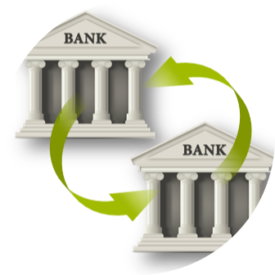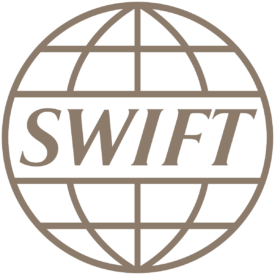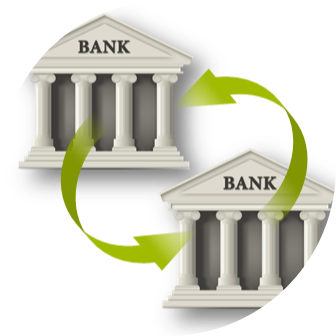Fees you may incur without knowing it

When you are making an international transfer, it might be nice to just get a single invoice saying we have charged you X amount of USD, Euro or Pound for this transaction. Sadly, that is not about to happen in the vast majority of cases.
Uncovering the fees you pay, can be extremely complex - this means that it is a challenging task ensuring that you are getting the best exchange rate.
Why you can't just look at the exchange rate

Before we look at individual charges you may face, let's first consider why you can't just look at the exchange rate. As an example:
John has two quotes to settle a 100,000 USD invoice from his Euro account.
John's bank have given him an exchange rate to buy USD at 1.2.
John also contacted an FX broker, who gave him an exchange rate of 1.19.
On the face of it, the 100,000 USD he needs to purchase, would cost him:
- Euro 83,333 with the bank, and
- Euro 84,033 with the FX broker.
That's a saving of Euro 700 if John uses his bank. Quite a lot of money.
The other costs matter

However, John asks both parties if there are any other costs - the FX broker confirms there is not, but the bank says there are.
Firstly, the bank charges John a transfer fee of 0.55%, which equates to Euro 550.
Then, there is a sending fee of Euro 40.
There are also some other charges, which he is told includes the SWIFT fee, that amounts to 0.6% or Euro 600.
Therefore, the other fees from the bank total Euro 1190, whereas with the FX broker they are zero.
SWIFT Fee

You can read more about SWIFT fees here but in summary, SWIFT is required to track the funds you’re sending to another country.
Because there are multiple parties involved with the process of sending money through SWIFT (Society for Worldwide Interbank Financial Telecommunications), it serves as the primary network or communication platform for international banks to process money transfers. Needless to say, this service doesn’t come for free.
Again, this fee differs from bank to bank. We have seen a case where the original Euro 25 SWIFT fee increased to a Euro 600 fee, with the bank hoping to get away with this ‘hidden’ admin fee.
Sending and Receiving fees

Sending fees can differ greatly from bank to bank and institution to institution - think $2.50 through to $50 or $60. The sending fees can differ depending on the amount you send and even the amount of time you wish the transfer to take - some charge a premium for same day or 48 hour transfers, some banks even charge a percentage of the transferred amount as a fee!
As per sending fees, it can also be that the bank you are sending your money to, charges you a fee for receiving the transferred funds. Again this can differ greatly, but much in the same range as a sending fee might cost.
Other charges
These can be called any number of things, such as an admin fee, but can best be summed up by ‘miscellaneous charges’. Again varying from bank to bank with little consistency.
If you want to access exchange rates with true transparency on fees enquire here for more information or complete our simple online registration form.













